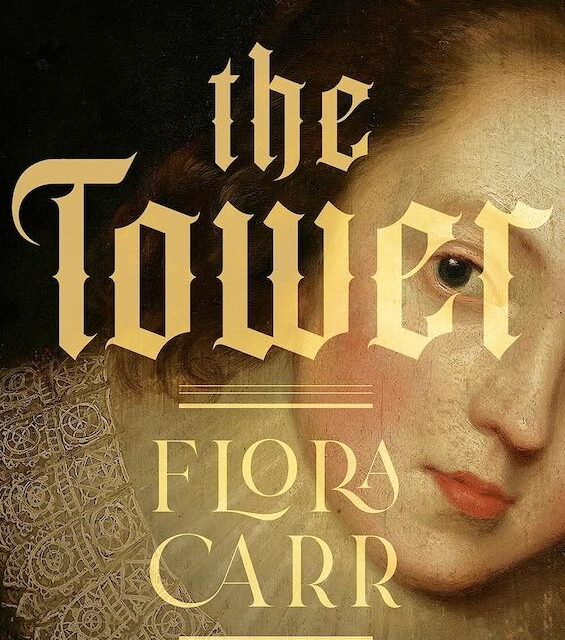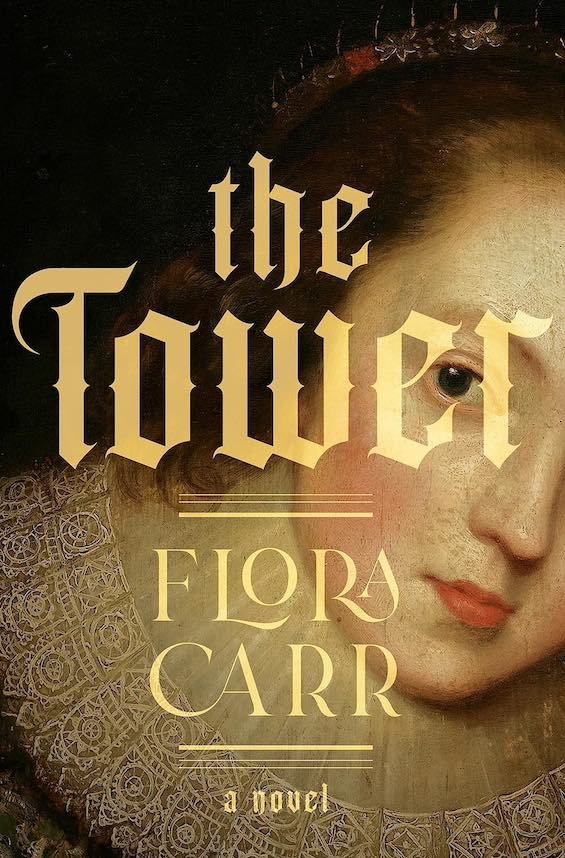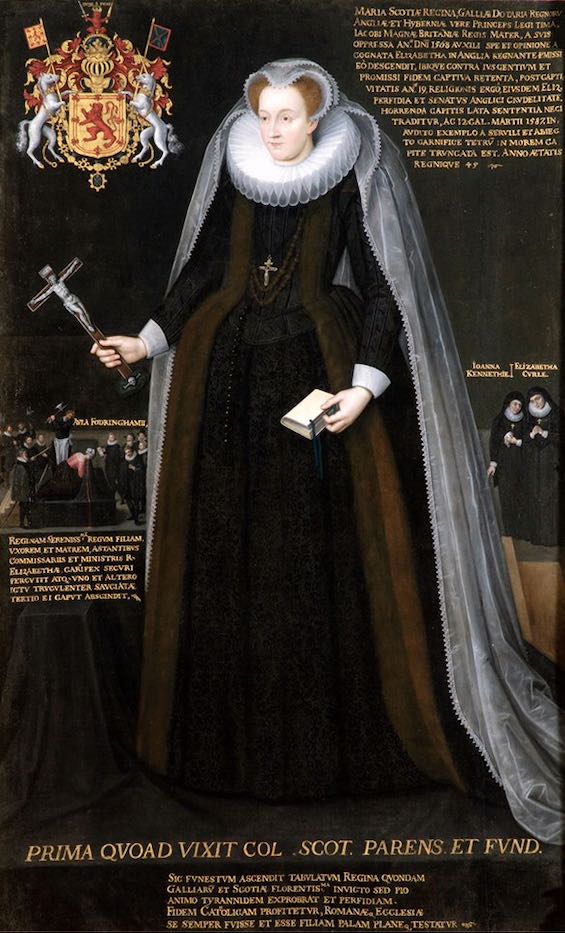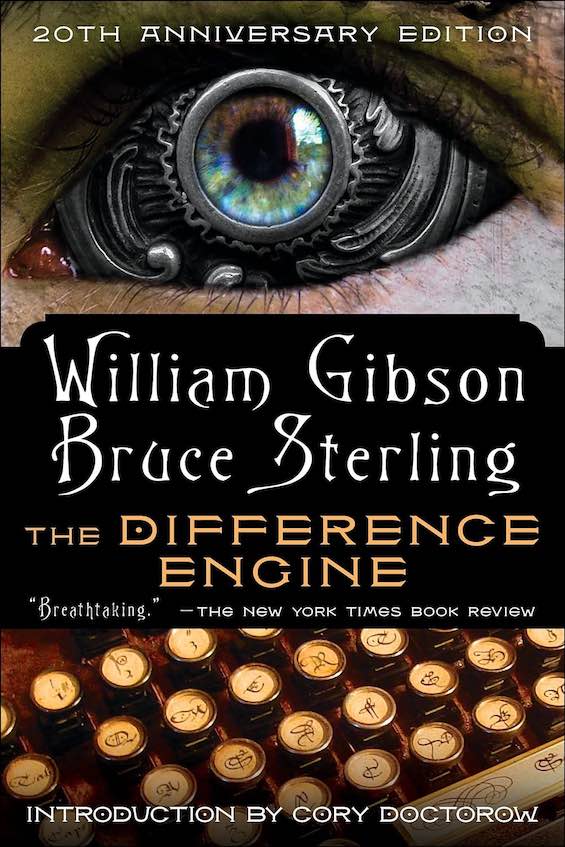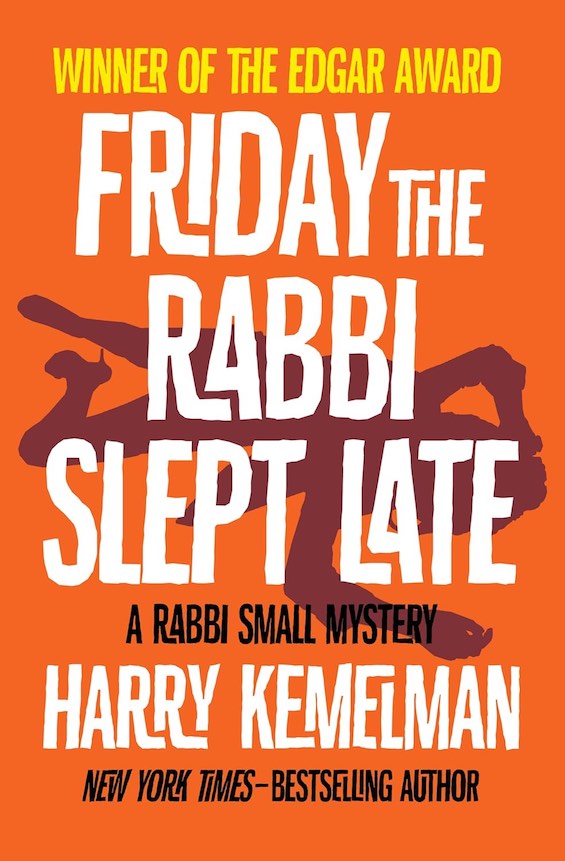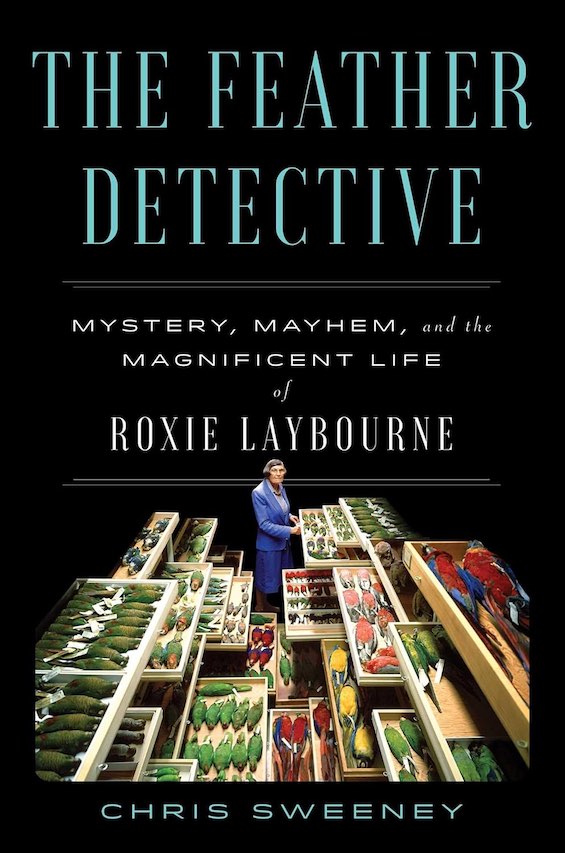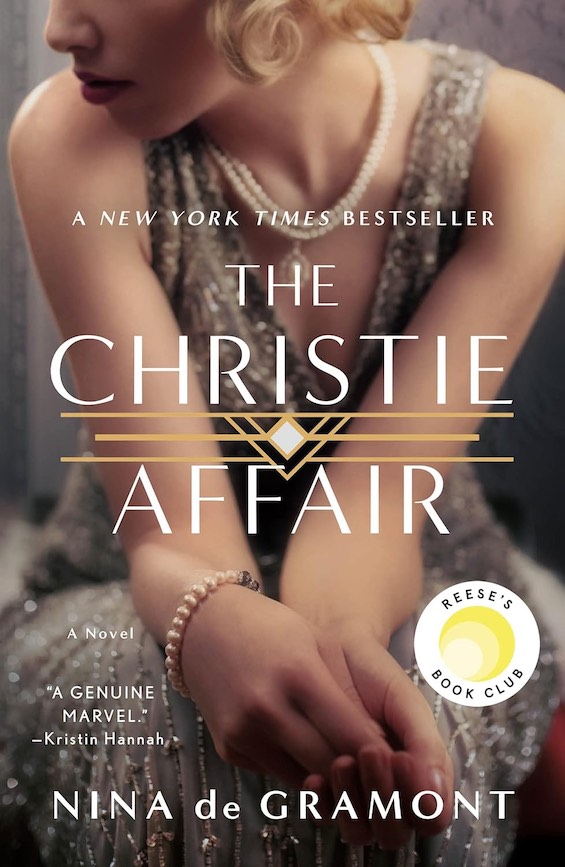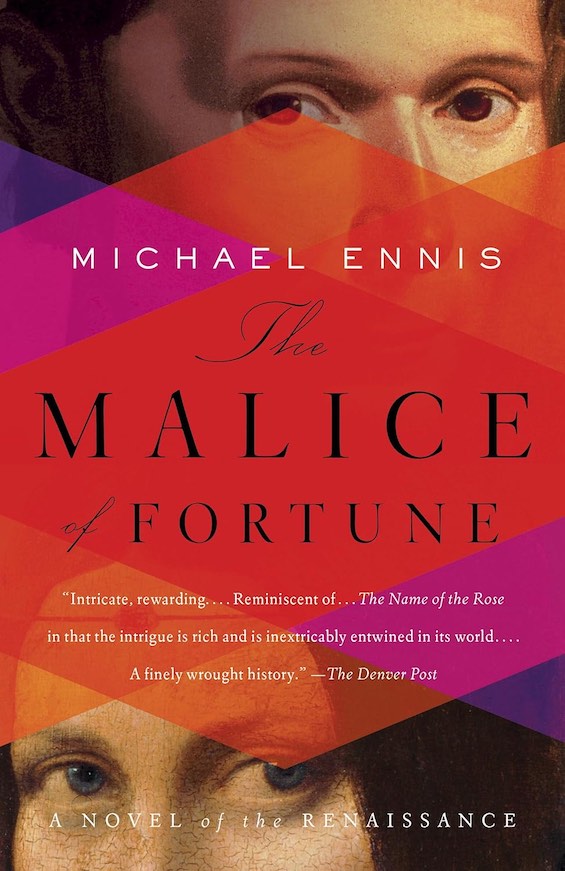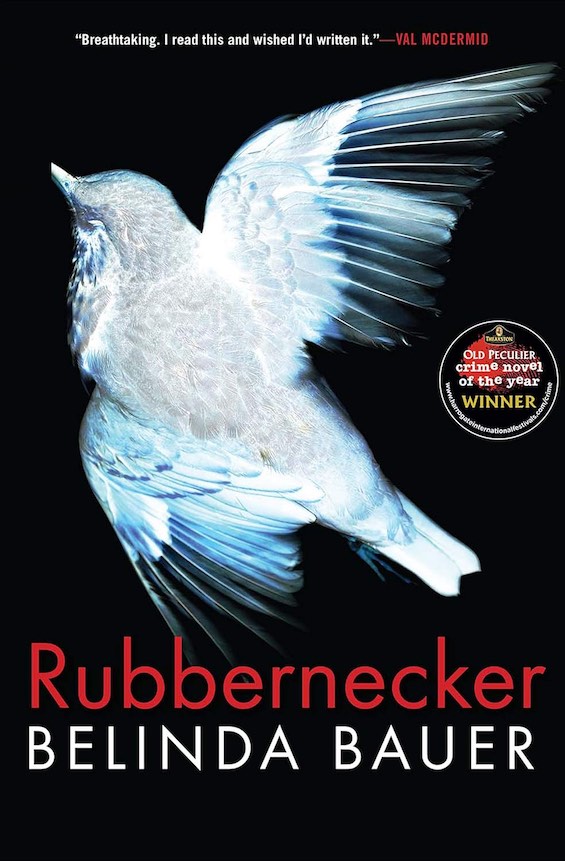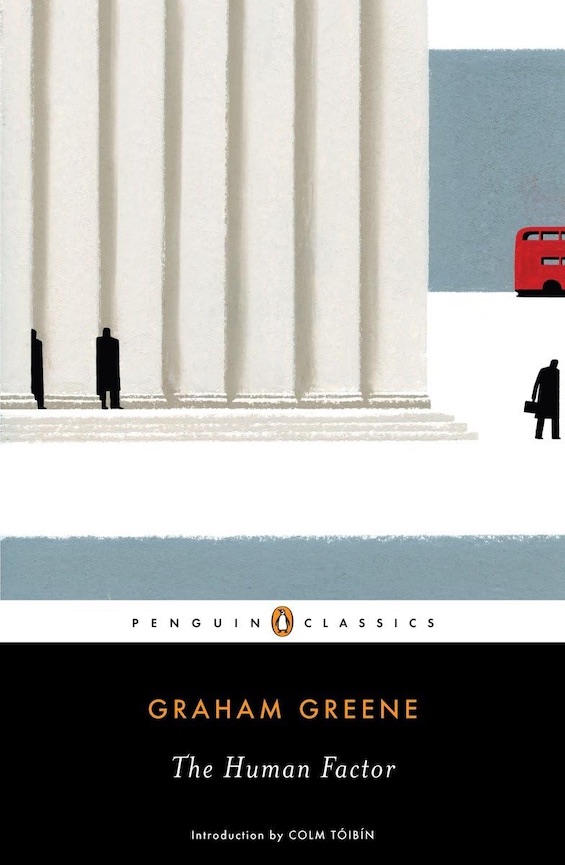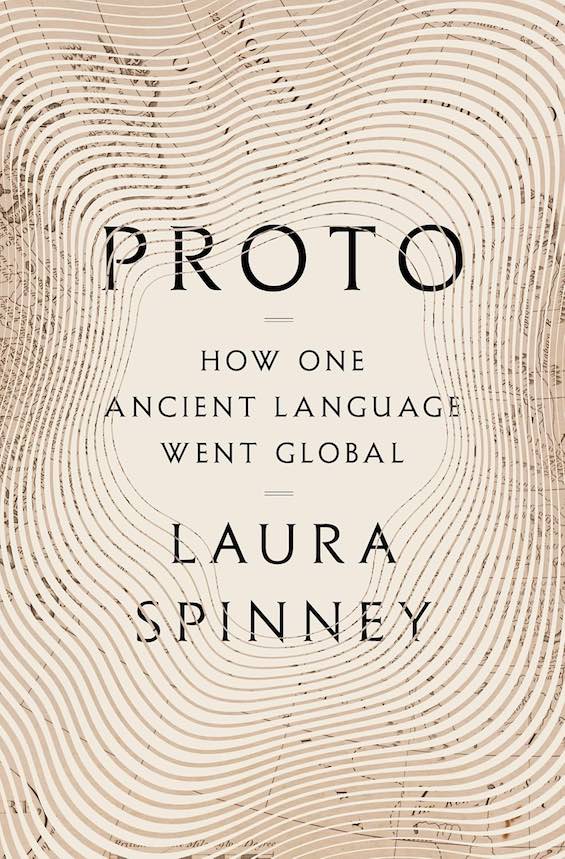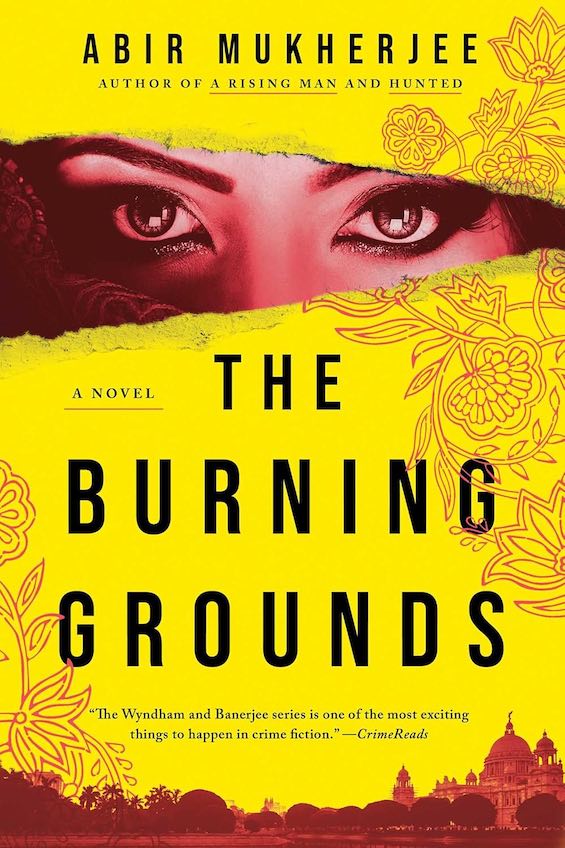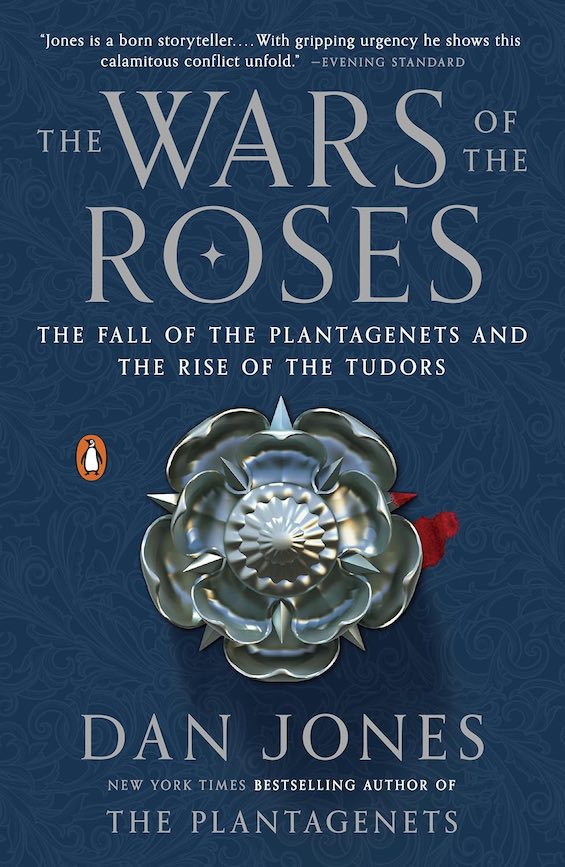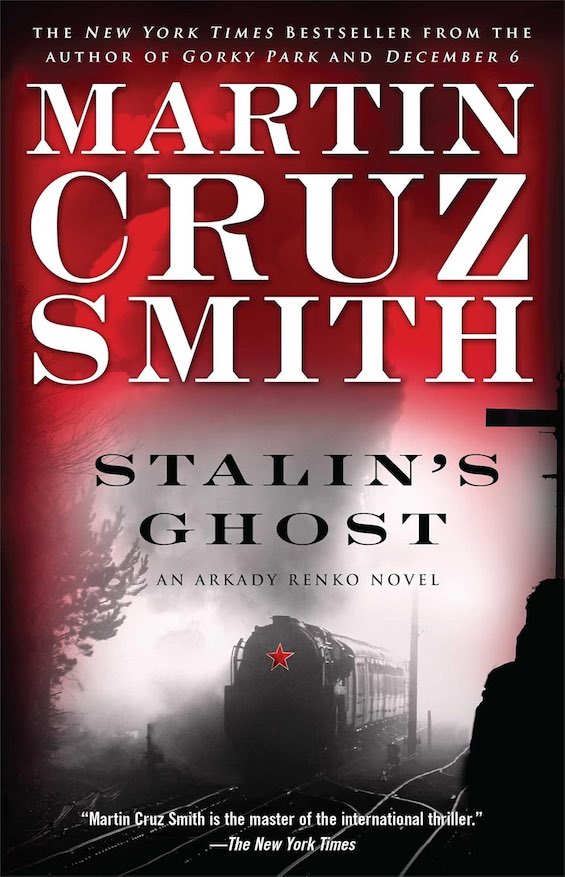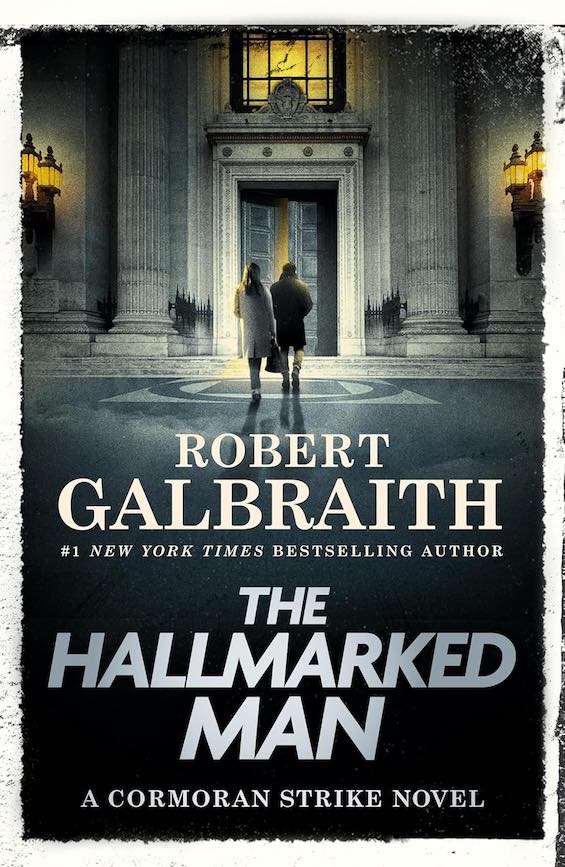Estimated reading time: 5 minutes
The woman history knows as Mary Queen of Scots, the Catholic martyr, became Queen of Scotland six days after her birth in 1542. As a teenager, she was Queen Consort of France for two years. By the time she turned twenty-four, Mary had married three times, unluckily in every case, although her second husband, gave her a son, James. Most popular history about Mary covers the final years of her life before her beheading at forty-four. Then, a prisoner in a succession of English castles, she schemed to claim the throne instead of her cousin, Elizabeth I. Those are the bare facts. But in The Tower novelist Flora Carr brings Mary back to life as a young woman pining for her third husband and scheming to escape from the castle where her enemies had isolated her.
Life as a prisoner, and forced abdication
That fateful year began with an uprising against her rule with her third and final husband, James Hepburn, 4th Earl of Bothwell, After separating the couple, and hustling Mary away from her retinue of noble ladies-in-waiting, her enemies imprisoned her in the tower of Lochleven Castle on an island off the Scottish shore. (No, not the Tower of London.) Accompanied at first by only two chambermaids, she plotted to escape her captors. Then, mere months before Mary would turn twenty-five and gain the right to rule alone, they forced her to abdicate in favor of her one-year-old son, James VI. Again, those are the facts. But Carr does not dwell on the politics. Her interest lies elsewhere, in the relationships among Mary and the women around her.
The Tower by Flora Carr (2024) 260 pages ★★★☆☆
Four young women, locked in a small apartment for nearly a year
During the early months of Mary’s captivity at Lochleven Castle, two young women serve her in a small apartment. The two are chambermaids, both deeply devoted to her. One is a Frenchwoman known as “Cuckoo,” the other a Scot named Jane. Cuckoo speaks only French, having learned but a few words of the local language. She is disdainful of all things Scottish and constantly daydreams about escaping to France with her brother, who had also served at court in Edinburgh. Jane is the brighter of the two. She understands French and thinks more frequently than she acts or speaks. But after Mary’s enemies force her to abdicate upon threat of death, all three women’s circumstances begin to change.
Now, Mary is “the-queen-that-was.” Her half-brother, Moray (James Stewart, 1st Earl of Moray), becomes Regent for her son James. He sends Mary her best-loved companion, Lady Mary Seton. The two are the same age and have been best friends since the age of five, when Seton accompanied her to the French court and served her there as well as later back in Scotland. Both women are unusually tall for the era and there is a slight resemblance between them. But Seton regards herself as “a poor copy of Mary.” She lacks the queen’s beauty and regal poise. But the resemblance will prove pivotal in Mary’s story.
Comings and goings, but little action
There are comings and goings. Mary’s captors send servants to spy on the women. Jane and Cuckoo are free to roam the garden, though Mary remains locked in their rooms. There is intrigue involving Mary’s mother and other distant relatives. (Scotland’s nobility frequently intermarries and has children out of wedlock, so Mary’s extended family is huge.) But Carr’s attention rarely leaves the four women. She dwells on the two maids’ resentment of Seton, who is a noblewoman and closer to Mary’s heart, and on the tension between the two. There are petty jealousies and imagined slights. Though it all becomes tedious at times, there seems little question that Carr’s portrayal of the relationships bears more than a little trace of the truth. The Tower is, doubtless, an accurate picture of what Mary’s life might well have been during that fateful year she became “the-queen-that-was.” But I have to admit, I was often bored.
About the author
Flora Carr is a young English writer who has won wide recognition for her short fiction and journalism. She grew up in Yorkshire and currently lives in London. The Tower is her first novel.
For related reading
For an award-winning novel set in England during the same period, see Wolf Hall (Wolf Hall Trilogy #1) by Hillary Mantel (Hillary Mantel won the Booker Prize for this sprawling historical novel).
See Mysteries set in Elizabethan England, many of which involved plots to place Mary Queen of Scots on the throne in place of her half-sister.
For an excellent overview of English history, see The Shortest History of England: Empire and Division from the Anglo-Saxons to Brexit—A Retelling for Our Times by James Hawes (English history that’s not just about kings and queens). More broadly, you might also be interested in 20 top nonfiction books about history.
And you can always find my most popular reviews, and the most recent ones, on the Home Page.

